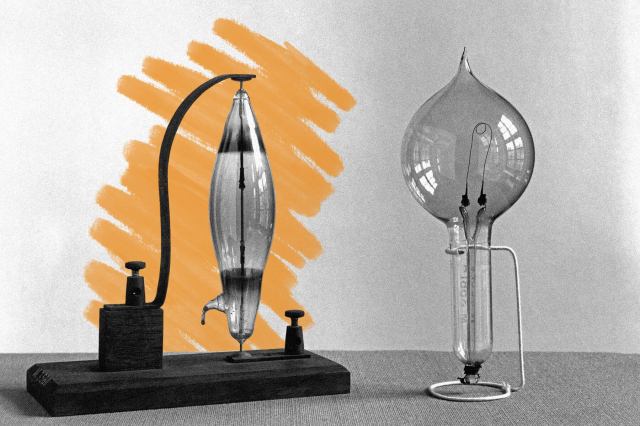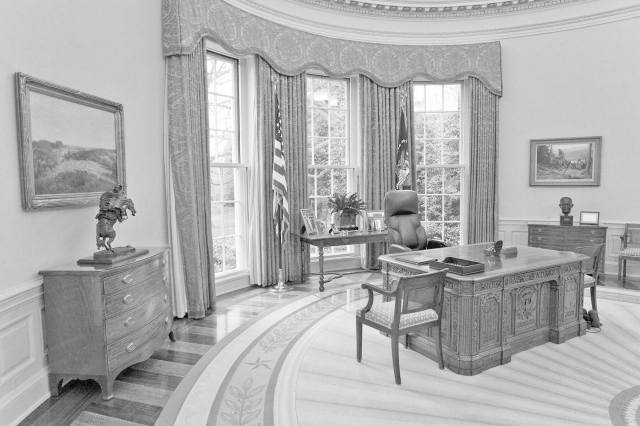Thomas Edison is the brilliant mind behind many inventions: the automatic telegraph, the phonograph, and the kinetograph, to name a few. |
| |
| |
|
 |
|
| T homas Edison is the brilliant mind behind many inventions: the automatic telegraph, the phonograph, and the kinetograph, to name a few. The world-changing invention he's most often associated with, however, is the incandescent lightbulb. There's just one problem: Edison didn't actually invent it. He was the first to produce a practical and commercially viable incandescent lightbulb, but the science behind the lightbulb had been around for more than a century before Edison took a crack at it in 1879. |
|
|
| Back in March 1761, English scientist Ebenezer Kinnersley wrote in a letter to Benjamin Franklin that he successfully got a wire so "red hot" that it gave off light. This is known as "incandescence" and is the science inside every incandescent lightbulb. Kinnersley's discovery was far removed from the lightbulbs we use today, but laid the foundation for the technology to develop in the coming decades. In 1841, English scientist Frederick de Moleyns scored the first patent for an incandescent lamp, though the lamp's platinum filaments were too expensive and unreliable to be practically usable. Then came Joseph Swan, yet another English scientist, who created the first lightbulb with a carbon filament in 1878. Although still highly inefficient, these bulbs were at least better than the soot-spewing gas that lit up cities at the time, and they kicked off the switch to electric lighting. |
|
| Although Edison didn't invent the lightbulb, it can certainly be argued that he perfected it — something he did often with inventions throughout his career. In 1879, Edison realized that higher electrical resistance was needed for lightbulbs to last longer; he tested more than 6,000 materials and finally settled on carbonized bamboo. Within the year, Edison's bulbs could last between 600 and 1,200 hours, showing the world that electric lighting was economically possible. |
|
 |  |
|
|
 |
|
| |
|
| U.S. patents Edison received during his lifetime, the most of any inventor | | | 1,093 |
| | | Lights originally illuminated by Edison's Pearl Street Station, the world's first power station | | | 400 |
| | | Lights originally illuminated by Edison's Pearl Street Station, the world's first power station | | | 400 |
|
|
|
| Year the Chicago Cubs finally installed lights at Wrigley Field, the last MLB team to do so | | | 1988 |
| | | Percentage of U.S. households that use LED lightbulbs rather than incandescent or halogen bulbs | | | 47% |
| | | Percentage of U.S. households that use LED lightbulbs rather than incandescent or halogen bulbs | | | 47% |
|
|
|
 |
|
 | | Did you know? |
|
|
Thomas Edison created the predecessor to the cat video. |
|
| Thomas Edison was a man ahead of his time — and in the case of cat videos, a full century ahead. After inventing the kinetograph, a kind of proto-film camera, in 1891, Edison got to work making a series of short films showing off his new creation. One featured a trapeze artist; another, an employee sneezing (Edison found the need to copyright that one). But one of the more adorable films, created in 1894, was "The Boxing Cats," which, just as it sounds, starred two fuzzy felines wearing cat-sized boxing gloves in a cat-sized boxing ring. It was filmed at Edison's Black Maria film studio in New Jersey some 100 years before funny videos of cats became an internet phenomenon. The more things change, the more they stay the same. |
|


Lainnya dari

















0 comments:
Post a Comment